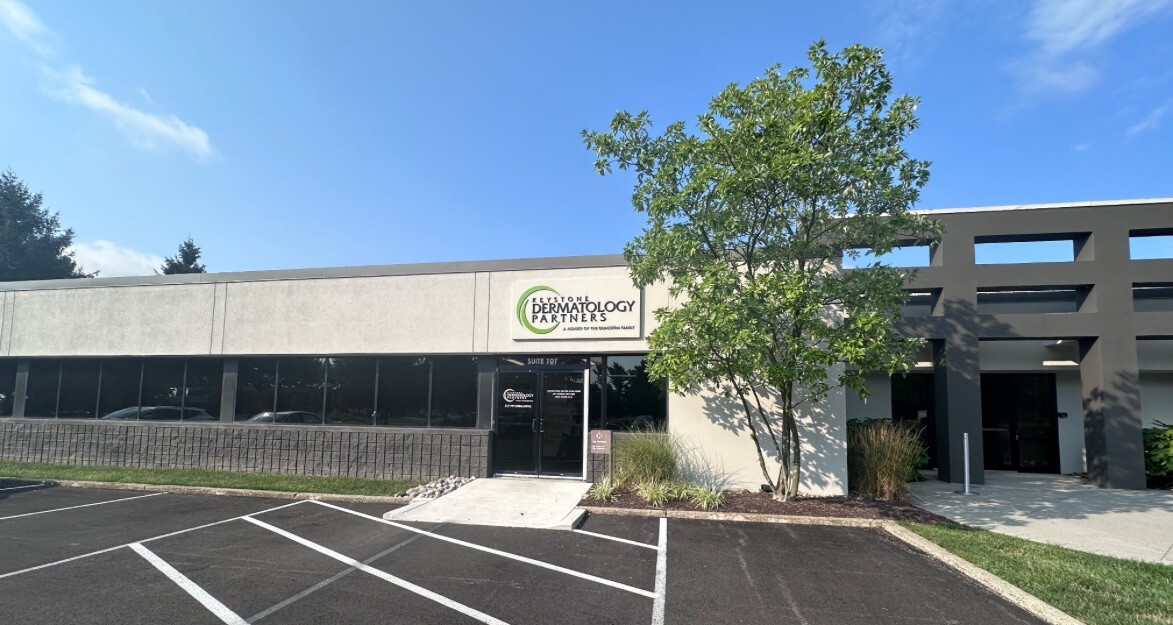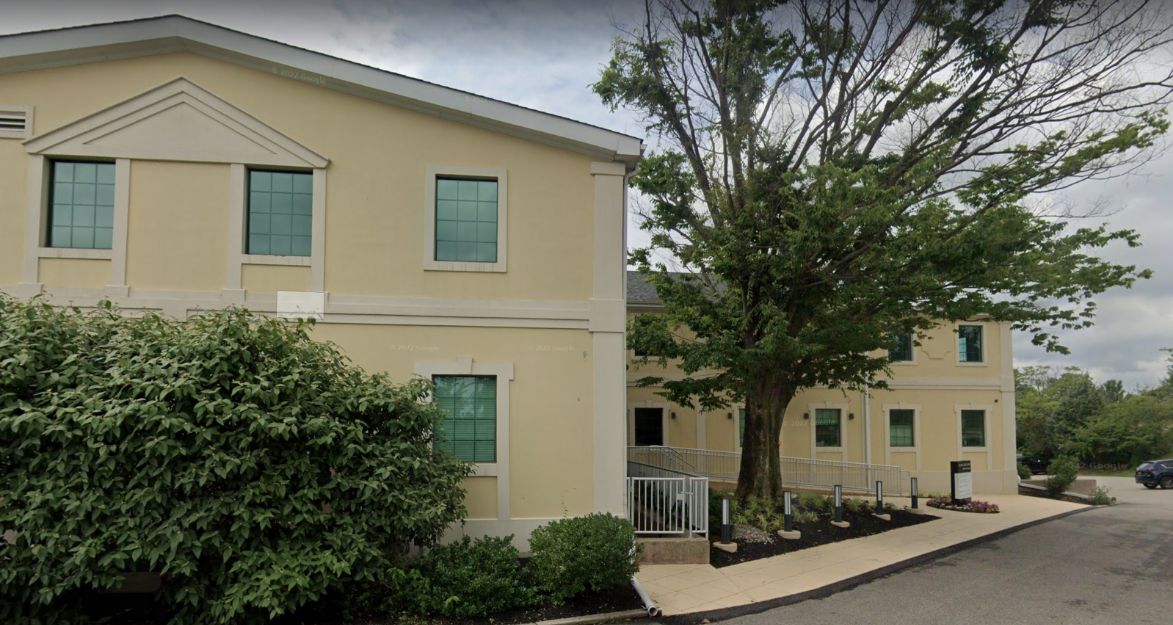Curettage
Curettage Treatment: An Effective Approach to Skin Cancer
Curettage is a proven and effective method for treating skin cancer, involving the careful removal of abnormal lesions using a sharp, oval-shaped instrument called a curette. This precise technique is commonly used to treat various types of skin cancer, such as basal cell carcinoma and squamous cell carcinoma. After curettage, a dermatologist will perform electrocautery to destroy any remaining abnormal cells, providing a thorough treatment and minimizing the risk of recurrence.
Patients undergoing curettage often experience excellent outcomes. This minimally invasive procedure typically leads to minimal scarring and allows for a quick recovery. Discomfort during and after the treatment is generally minimal, enabling most patients to resume their daily activities soon afterward. Curettage is particularly advantageous for treating smaller, superficial skin cancers, offering an effective way to remove cancerous cells while preserving the surrounding healthy tissue.
For the best results and personalized care, consult with our skilled dermatologists, who will customize the treatment to meet your unique needs, ensuring the optimal outcome for your skin health.
EXAMPLES OF CURETTAGE
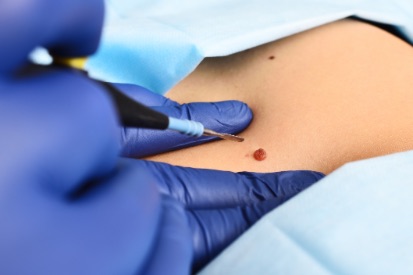

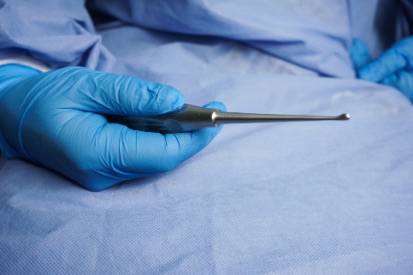
Curettage Explained
It may be used to remove benign growths such as warts or cysts or as part of a biopsy procedure to investigate suspicious or potentially cancerous skin lesions. The procedure is considered minimally invasive and is commonly performed on an outpatient basis. Dermatologists utilize curettage as a versatile tool for both diagnosing and treating a range of skin issues.
Benefits of Curettage
- Benign Lesion Removal: Effectively removes benign skin issues like warts and cysts for cosmetic improvement.
- Diagnostic Tool: Provides a sample for accurate diagnosis, aiding in identifying skin conditions.
- Skin Cancer Treatment: Minimally invasive option for superficial skin cancers, offering simplicity and effectiveness resulting in minimal scarring.
- Outpatient Convenience: Typically performed on an outpatient basis, curettage allows for a swift return home with minimal downtime.
Curettage at Keystone Dermatology Partners of Philadelphia
For lesions that appear suspicious or potentially cancerous, dermatologists may perform curettage during a biopsy to obtain a tissue sample for further laboratory analysis. Curettage is also a valuable treatment option for certain superficial skin cancers.
Experience the advantages of curettage and electrocautery at Keystone Dermatology, where our expert practitioners are dedicated to providing outstanding care. Schedule your appointment today to learn more about this advanced skin cancer treatment and take a step toward healthier, cancer-free skin.
Curettage FAQs
Curettage involves the removal of tissue or growths by scooping or scraping with a curette. This specialized technique is commonly used to eliminate both cancerous and non-cancerous lesions.
Anesthesia is administered before the procedure to minimize/avoid any pain and discomfort.
What to Expect at Your Curettage Appointment
The Curettage process involves using a spoon-shaped instrument to scrape away the targeted skin lesion, with attention to complete removal. After the procedure, wound care instructions and any necessary dressing will be provided. You'll receive post-treatment guidelines, including activities to avoid and skincare routines.
How to Prepare for a Curettage
Planning for Recovery after Curettage
After the curettage procedure, your provider will put a dressing on the area. It’s important that this dressing stays on for 24 hours following the procedure and that it does not get wet.
After 24 hours, it’s time to change the dressing. First, thoroughly wash your hands with soap and water. Then, remove the old dressing and gently wash the site with soap and warm water. It’s crucial that you do not scrub or scratch the site. Next, pat the area dry, cover it with a thick ointment, and apply a bandage.
During your curettage recovery period, make sure to not submerge the area until the site is completely healed. Furthermore, avoid taking blood thinners, as the area may occasionally bleed after you leave the clinic.
Featured Blogs

- Skin Cancer
- Skin Exams
With skin cancer cases rising year after year, it’s no surprise that people are itching to learn more about this life-threatening skin disease
Read More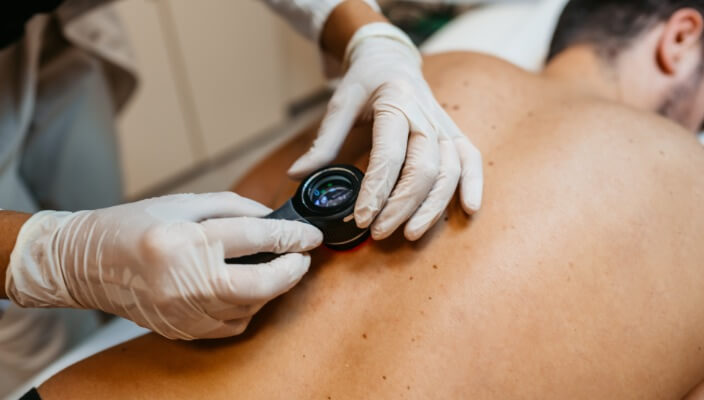
- Skin Cancer
- Skin Exams
In this blog, we’re covering what you need to know about five dangerous skin cancers, including basal cell carcinoma (BCC), squamous cell carcinoma (SCC), malignant melanoma, merkel cell carcinoma, and kaposi sarcoma.
Read More
- Skin Cancer
- General Dermatology
- Skin Exams
Navigating the landscape of Total Body Skin Exams: Uncover the comprehensive process, understand why it matters for skin health, and gain insights into what to expect during these essential dermatological examinations.
Read More
